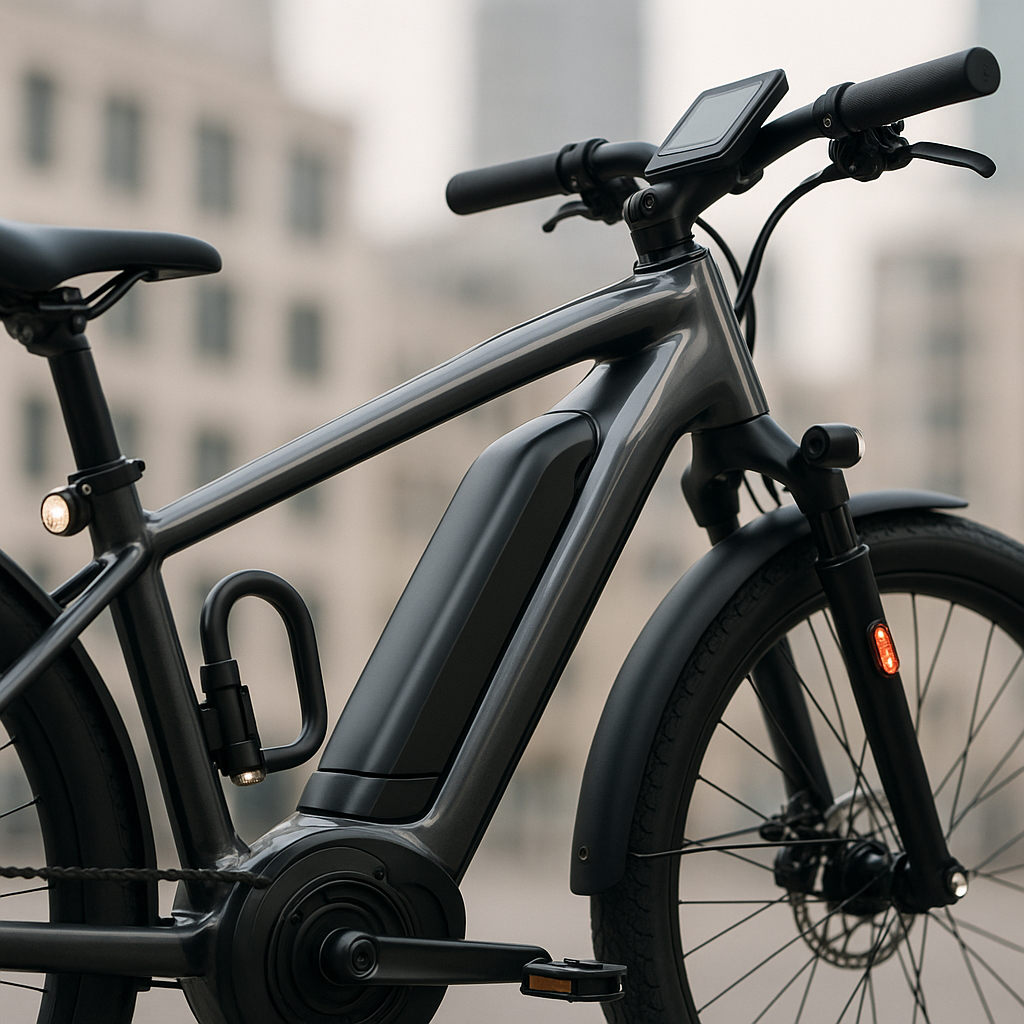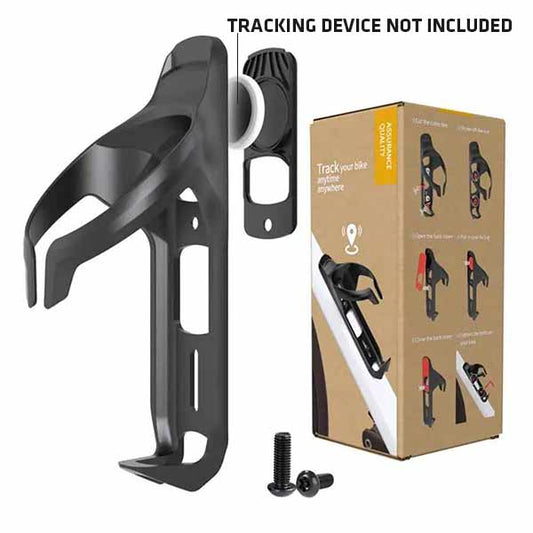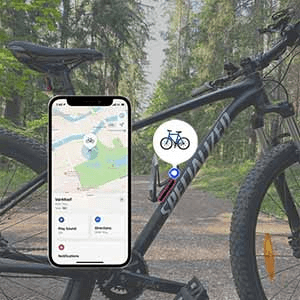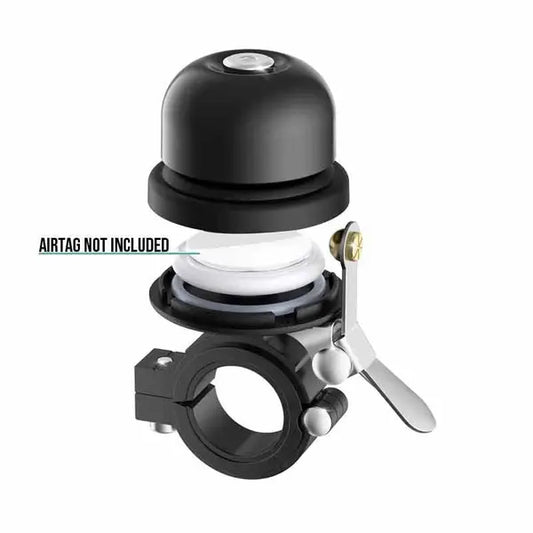The Ultimate Guide to E-Bikes: Benefits, Buying Tips & Maintenance
Electric bikes are revolutionizing urban transportation, offering a perfect blend of traditional cycling and modern technology. These innovative machines are quickly becoming the go-to choice for commuters seeking efficient, environmentally friendly alternatives to cars and public transportation.
The growing popularity of e-bikes isn't just a passing trend—it represents a fundamental shift in how people think about mobility in cities and beyond.
E-bikes provide an impressive array of benefits, from reducing your carbon footprint and saving money on transportation costs to improving physical health while making cycling accessible to more people. Whether you're tackling steep hills that once seemed impossible, extending your commuting range, or simply enjoying longer recreational rides, electric bicycles open up new possibilities for riders of all ages and fitness levels.
In this comprehensive guide, you'll discover everything you need to know about electric bicycles—from understanding the basic components and types to selecting the perfect model for your needs. We'll also explore maintenance essentials, security considerations, and practical tips to maximize your e-bike experience.
What is an e-bike? Understanding the basics
An electric bicycle (e-bike) is essentially a conventional bicycle equipped with an electric motor, battery, and controller system that assists the rider's pedaling effort. Unlike fully motorized vehicles, e-bikes still require human input—they simply amplify your pedaling power rather than replacing it entirely (though some models offer throttle options for motor-only propulsion).
The core components that distinguish electric bicycles from traditional bikes include:
- Electric motor - typically located in the hub of either wheel (hub motor) or at the pedal crank (mid-drive motor)
- Battery pack - usually lithium-ion, mounted on the frame or integrated within it
- Controller system - the "brain" that manages power delivery, usually featuring a handlebar-mounted display
- Sensors - detect pedaling cadence, torque, or both to determine how much assistance to provide
E-bikes in the United States are commonly categorized into three classes:
- Class 1: Pedal-assist only (no throttle), with assistance stopping at 20 mph
- Class 2: Features both pedal-assist and throttle operation, with a maximum assisted speed of 20 mph
- Class 3: Pedal-assist only, with assistance up to 28 mph (often requiring additional safety features)
How do electric bikes work?
Electric bicycles operate through either pedal-assist (pedelec) systems, throttle control, or a combination of both. With pedal-assist, sensors detect when you're pedaling and activate the motor accordingly. The level of assistance can typically be adjusted through multiple settings, from light assistance (extending your range while providing a good workout) to maximum power (for tackling steep hills or carrying heavy loads).
Throttle-based systems function more like electric scooters, allowing you to engage the motor without pedaling by using a twist grip or thumb throttle. Most riders find the pedal-assist experience more intuitive and natural, as it preserves the cycling experience while adding a welcome boost when needed.
The Guards Armor Bike Mount hides the Apple AirTag tracking device, providing enhanced security when investing in a new e-bike—an important consideration as these premium cycles become increasingly popular targets for theft.
Why choose an e-bike? Top benefits for riders
The growing enthusiasm for electric bicycles stems from their remarkable versatility and numerous advantages over traditional transportation methods. Here's why more people are making the switch:
Environmental advantages
- Reduced carbon footprint - Electric bicycles produce virtually zero emissions during operation, especially when charged with renewable energy
- Lower resource consumption - They require far fewer materials to manufacture than cars and have minimal impact on road infrastructure
- Decreased noise pollution - E-bikes operate nearly silently, contributing to quieter, more pleasant urban environments
Financial benefits
- Lower purchase and maintenance costs compared to automobiles
- No fuel expenses - Recharging an e-bike battery costs mere pennies
- Reduced parking fees and elimination of many other vehicle-related expenses
- Potential insurance savings - Many providers offer discounts for reduced car usage
Health and lifestyle improvements
- Moderate exercise - E-bikes still provide meaningful physical activity, just with less strain
- Accessibility - Make cycling viable for those with physical limitations or in challenging terrain
- Stress reduction - Avoid traffic congestion and enjoy more pleasant commuting experiences
- Extended riding range - Travel farther with less fatigue than on conventional bicycles
Practical advantages
- Efficient commuting - Often faster than cars in congested urban areas
- Easier parking - Access to bike racks and spaces unavailable to cars
- Load capacity - Carry groceries, children, or other cargo with specialized e-cargo bikes
- All-weather potential - With proper gear and fenders, year-round transportation becomes feasible
This guide explores how stealthy AirTag bike mounts are reshaping bike security, addressing one of the primary concerns for anyone considering an e-bike investment.
How to choose the right e-bike: Key considerations
Selecting the perfect electric bicycle requires careful consideration of your specific needs, riding environment, and budget. This methodical approach will help you find the ideal match for your lifestyle.
Identify your primary riding purpose
Different riding styles demand different e-bike designs:
- Commuting - Look for models with fenders, lights, rear racks, and comfortable upright positioning
- Recreation - Consider lighter frames, more comfortable saddles, and suspension options
- Off-road/mountain biking - Require robust frames, wide tires, advanced suspension, and higher torque motors
- Cargo hauling - Specialized frames with extended wheelbases, reinforced components, and powerful motors
- Folding/compact - Ideal for mixed-mode commuting or limited storage situations
Understand motor types and placement
The motor is the heart of any electric bicycle, and its type significantly impacts the riding experience:
-
Hub motors (front or rear wheel)
- Pro: Generally less expensive, simpler maintenance
- Con: Can feel less natural; weight distribution issues
-
Mid-drive motors (at the pedal crank)
- Pro: Better weight distribution, more efficient power delivery, natural feel
- Con: More expensive, can accelerate drivetrain wear
Motor power typically ranges from 250W to 750W (the legal limit in many regions), with higher wattage providing more assistance but consuming battery faster.
Battery considerations
The battery determines your range and represents a significant portion of the e-bike's cost:
- Capacity - Measured in watt-hours (Wh), typically ranging from 250Wh to 700Wh+
- Range - Depends on battery capacity, terrain, rider weight, assistance level, and weather
- Charging time - Usually 3-6 hours for a full charge
- Removability - Detachable batteries allow indoor charging and improved security
- Replacement cost - Factor this into your long-term ownership calculation (typically $300-800)
Frame styles and components
Physical characteristics matter for comfort and practicality:
- Step-through vs. step-over frames - Consider ease of mounting/dismounting
- Suspension options - Front suspension, full suspension, or rigid frame
- Braking systems - Hydraulic disc brakes offer superior stopping power for heavier e-bikes
- Tire width - Wider tires provide stability and comfort; narrower ones offer efficiency
- Integrated features - Lights, racks, fenders, and security options
Budget considerations
Electric bicycles span a wide price range, generally falling into these categories:
- Budget ($1,000-1,500) - Basic components, smaller batteries, hub motors
- Mid-range ($1,500-3,000) - Better components, larger batteries, potential mid-drive motors
- Premium ($3,000-5,000+) - Top-tier components, sophisticated electronics, premium frames
While it's tempting to seek the lowest price, extremely cheap electric bikes often compromise on battery quality, motor reliability, and safety features. Consider the e-bike as a transportation investment rather than just a recreational purchase.
Comparing e-bikes to regular bikes and other transport
When weighing your transportation options, consider these comparative factors:
- Vs. traditional bicycles: E-bikes cost more initially but enable longer commutes, hill climbing, and carrying heavier loads with less exertion
- Vs. cars: Significantly lower purchase and operating costs, easier parking, environmental benefits, and often faster in urban settings
- Vs. public transit: More flexible scheduling, potentially faster door-to-door times, and reduced exposure to crowded spaces
- Vs. electric scooters/mopeds: E-bikes offer health benefits through pedaling, better stability, and often fewer regulatory restrictions
UPGRADED DESIGN: Featuring a concealed compartment designed to accommodate an AirTag locator, this essential accessory enhances security for your new e-bike investment while maintaining a sleek, integrated appearance.
Essential maintenance & security tips for your e-bike
Proper care and security measures not only extend the life of your electric bicycle but also protect your significant investment.
Establishing good maintenance habits from the start will ensure optimal performance and reliability.
Regular maintenance essentials
Just like conventional cycles, electric bikes require consistent care:
-
Weekly checks:
- Tire pressure (proper inflation improves range and reduces puncture risk)
- Brake function and pad wear
- Drivetrain cleanliness and lubrication
- Battery charge level and connection points
-
Monthly tasks:
- Thorough cleaning (avoid high-pressure water near electronic components)
- Check all bolts and fasteners for tightness
- Inspect frame for any damage or cracks
- Clean and check electrical contacts
-
Seasonal maintenance:
- Comprehensive inspection by qualified e-bike technician
- Battery health assessment
- Software updates if applicable
- Drivetrain component replacement as needed
Battery care for maximum lifespan
The battery represents a significant portion of your e-bike's value and requires special attention:
-
Optimal charging practices:
- Avoid completely draining the battery (aim to recharge at 20-30% remaining)
- Don't constantly maintain at 100% charge when not in use
- Use only the manufacturer-supplied charger
- Charge in moderate temperatures (10-25°C / 50-77°F)
-
Storage considerations:
- For long-term storage, maintain 40-60% charge level
- Store in cool, dry conditions (not freezing or excessively hot)
- Check charge level every 2-3 months during extended storage
- Remove from bike if storing in unheated areas during winter
-
Replacement indicators:
- Significant reduction in range (more than 20% from original)
- Difficulty holding charge
- Unusual heating during charging or use
- Physical damage or deformation
Security strategies
The higher value of electric bicycles makes them attractive targets for theft. Implement multiple security layers:
-
Physical locks:
- Use at least one high-quality U-lock or heavy-duty chain
- Secure both frame and wheels to immovable object
- Consider multiple locks of different types
-
Electronic protection:
- GPS tracking devices or hidden AirTags
- Alarm systems that detect movement
- Apps that connect to integrated security features
-
Smart parking habits:
- Choose high-visibility locations with foot traffic
- Utilize official bike parking when available
- Remove battery and display when practical
- Vary routine if parking regularly in the same location
-
Documentation:
- Record serial numbers and take photos of your bike
- Register with manufacturer and local bike registries
- Keep proof of purchase documentation
Legal and insurance considerations
Understand the regulatory framework for your region:
-
Local regulations:
- Know which bike paths, lanes, and roads permit e-bikes
- Understand speed limits and class restrictions
- Check helmet requirements for e-bike riders
- Determine if registration or licensing is required
-
Insurance options:
- Dedicated bicycle insurance policies
- Homeowner's or renter's insurance extensions
- Coverage for theft, damage, and liability
- Consider coverage during transport (car racks, etc.)
Conclusion
Electric bicycles represent more than just another transportation option—they offer a transformative approach to personal mobility that combines environmental benefits, cost savings, and physical well-being. By understanding the fundamental components, carefully considering your specific needs, and implementing proper maintenance and security practices, you can maximize the enjoyment and utility of your e-bike investment.
As cities continue developing infrastructure to accommodate cycling and electric micromobility, e-bikes stand at the forefront of a transportation revolution. They bridge the gap between traditional bicycles and motorized vehicles, providing an accessible entry point for those who might otherwise avoid cycling due to physical limitations, challenging terrain, or long distances.
Whether you're looking to reduce your carbon footprint, save money on commuting costs, improve your fitness while making cycling more accessible, or simply experience the joy of effortless riding, an electric bicycle offers compelling advantages. With proper research, maintenance, and security measures, your e-bike can provide years of reliable, efficient, and enjoyable transportation.
Frequently Asked Questions
Are e-bikes allowed on bike paths and roads?
Regulations vary; check your local laws. In most areas, Class 1 and 2 e-bikes are allowed on bike paths, while Class 3 may have restrictions.
How far can an e-bike travel on a single charge?
Most e-bikes offer 20–60 miles per charge, depending on battery size, terrain, assist level, and rider weight.
What's the difference between pedal-assist and throttle e-bikes?
Pedal-assist amplifies your pedaling with motor power; throttle e-bikes move forward at the press of a button, even without pedaling.
Are e-bikes worth the investment?
E-bikes can pay for themselves through savings on transportation costs, are easier for longer or hilly commutes, and provide health/environmental benefits.
How do I keep my e-bike safe from theft?
Use a high-quality lock, store in secure locations, and consider smart anti-theft accessories like AirTag mounts or GPS trackers.





